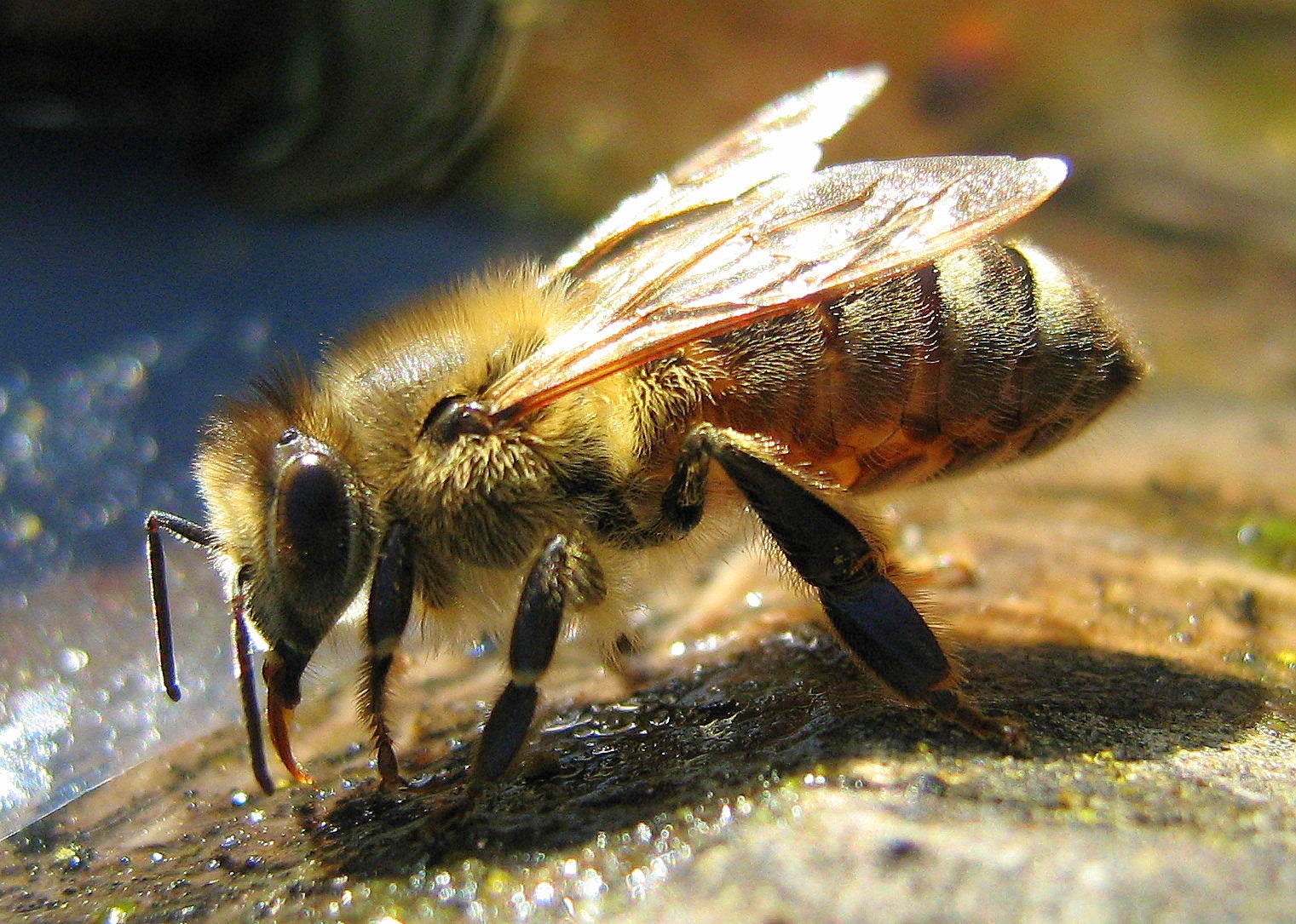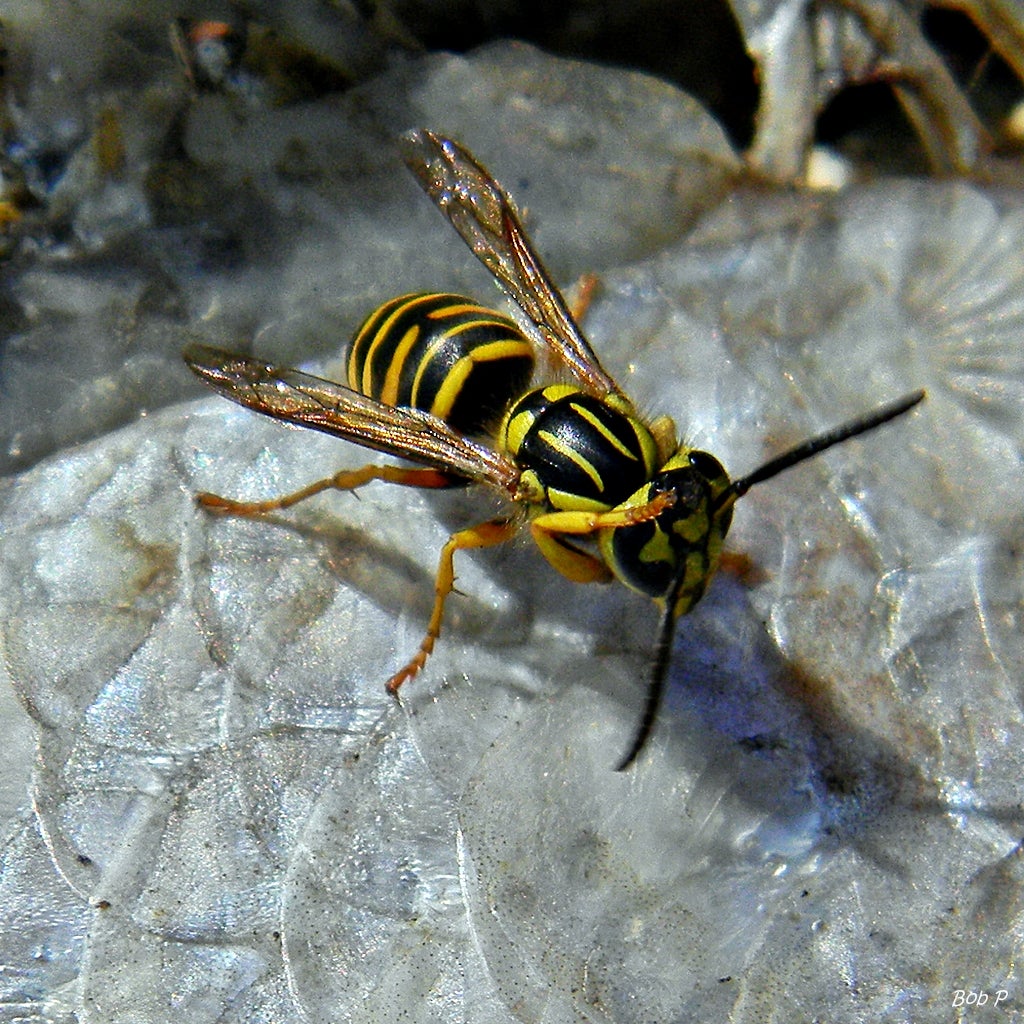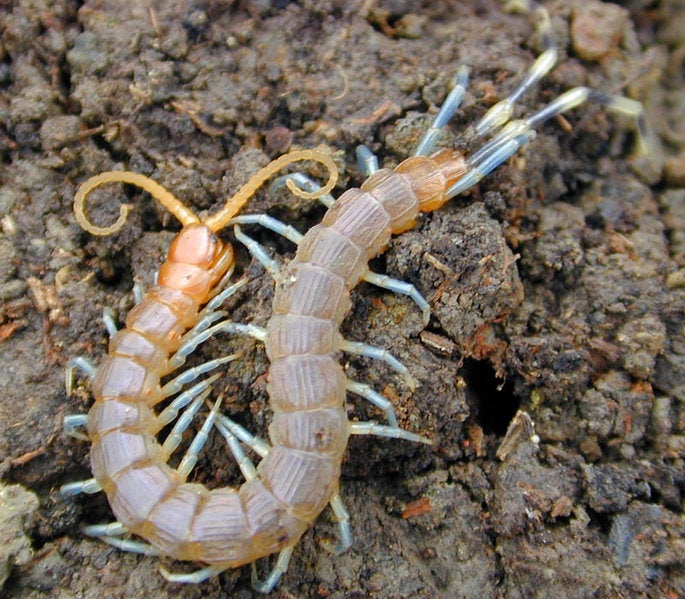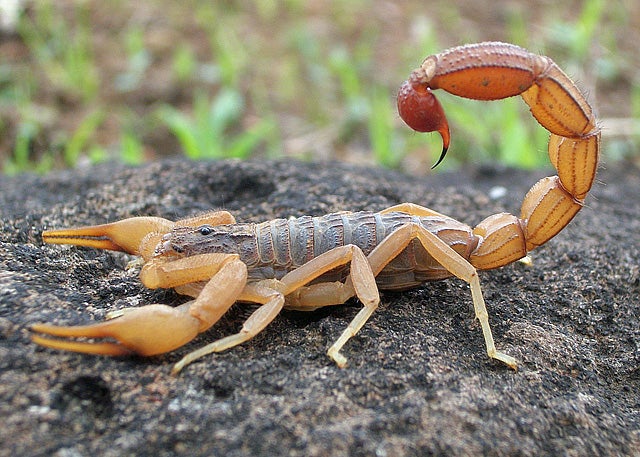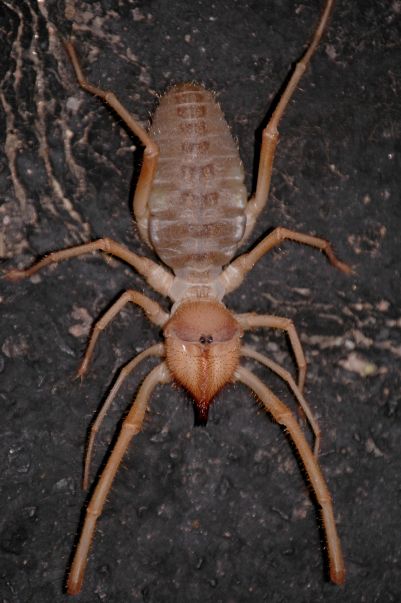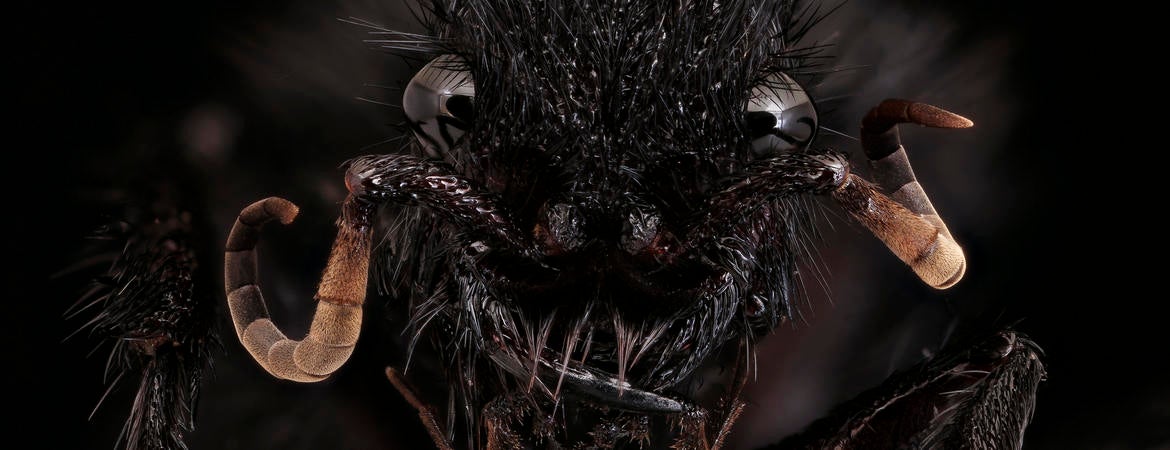
Welcome to The Top!
Each issue, we present a list of UCR staff and faculty favorites — from walking spots to gardens to events.
This week, in honor of all things creepy and crawly for Halloween, we talked to Doug Yanega, UCR Entomology Research Museum’s senior museum scientist, to list the scariest bugs in Southern California.
In no particular order, based on inquiries the museum receives directly and on social media comments, here are the top bugs that Southern Californians most commonly perceive as being ‘scary’:
1. Tarantulas
Tarantulas strike fear in the hearts of arachnophobes because of their enormous size and their hairy appearance. “Tarantulas have very weak venom*, but can inject a lot if you allow them to bite — which is extremely difficult, since tarantulas do not have opposable jaws,” Yanega explains. “It takes a remarkable feat to get bitten by a tarantula. You’re far more likely to be blinded (by them flinging hairs into your eyes, which is how they defend themselves) than to be ‘bitten.'”
*A bug being venomous is not the same with it being dangerous. Yanega says, “All spiders, every last one in existence, are venomous, but only a tiny fraction of 1 percent of those venoms are dangerous in the amounts delivered by a bite from a spider. The saying is quite true: ‘The dose makes the poison.’ Very, very few spiders have strong venom, and of those, only a very few inject enough of that venom to be dangerous to humans.”
2. Tarantula Hawks
You think the tarantulas are scary? Take a look at their predators. Tarantula Hawks are enormous spider wasps with blue-black bodies and bright, rust-colored wings. Their long legs have hooked claws for hunting and grappling tarantulas.
3. Black and Brown Widows
Due to the widows’ undeservedly bad reputation, these spiders induce spine-chilling reactions when encountered. Both black and brown widows are distinguished by their prominent hourglass-shaped marking on their lower abdomen, but their venomous* bite is nowhere near as dangerous as people think.
4. Jerusalem Crickets
Yanega comments, “Jerusalem crickets are huge, ugly, and there are so many widely-circulated urban legends about them being venomous that people are terrified of them for no good reason.” Contrary to popular misconception, these flightless crickets are not venomous. Although, given their large size, they are strong enough to inflict a painful bite.
5. Africanized Bees
“‘Killer bees’ are pretty scary, need I say more?” said Yanega. Fueled by media reports and movies such as “The Swarm,” the Africanized bee is widely feared by the public. Contrary to popular belief, the sting of the Africanized bee is no more potent than any other honey bee. However, they are more dangerous because Africanized bees are more easily provoked, quicker to attack in greater numbers and can pursue the perceived threat further.
6. Yellow Jacket Wasps
These brightly colored, black and yellow wasps are a constant source of fear to Californians. “Yellow Jackets are just about as scary as killer bees, but are actually a lot more dangerous, in terms of how many actual attacks and fatalities they are involved in,” Yanega said. The venom in their sting, similar to most bee and wasp venoms, is especially dangerous to humans that are allergic or stung many times.
7. Centipedes
They are considered frightening due to their dozens of legs, ranging from 30 to 354, and because of their tendency to dart swiftly out of darkness towards one’s feet. Some species of centipedes can be dangerous because of their painful bite that can cause severe swelling, chills, fever, and weakness. These bites are unlikely to be fatal though.
8. Scorpions
Their venomous stinger is what people usually associate scorpions with. These stings are painful but they are usually harmless. Of the over 1,000 known species of scorpion, only 25 have venom that is even occasionally fatal to humans, and none of those are in the Riverside area.
9. Camel Spiders
Fun fact: During World War II, British troops stationed in Libya would stage fights between camel spiders and scorpions.
Despite their names, camel spiders are more closely related to scorpions than to spiders. They are the subject of many urban legends and exaggerations about their size, speed, behavior, appetite, and lethality, which contributes to the alarmed and frightened reactions of people. Although they are not venomous, their unfamiliar spider-like appearance and rapid movements continue to startle many people.
So there you have it, the top scariest bugs found in Southern California according to Senior Museum Scientist Doug Yanega.
Important side note: You may notice that brown recluse spiders are not listed here, despite their widespread media and public attention. This is because the brown recluse species lives only in the Midwestern U.S., and does not venture onto this side of the Rockies.
Header image by Sam Droege from Flickr.
